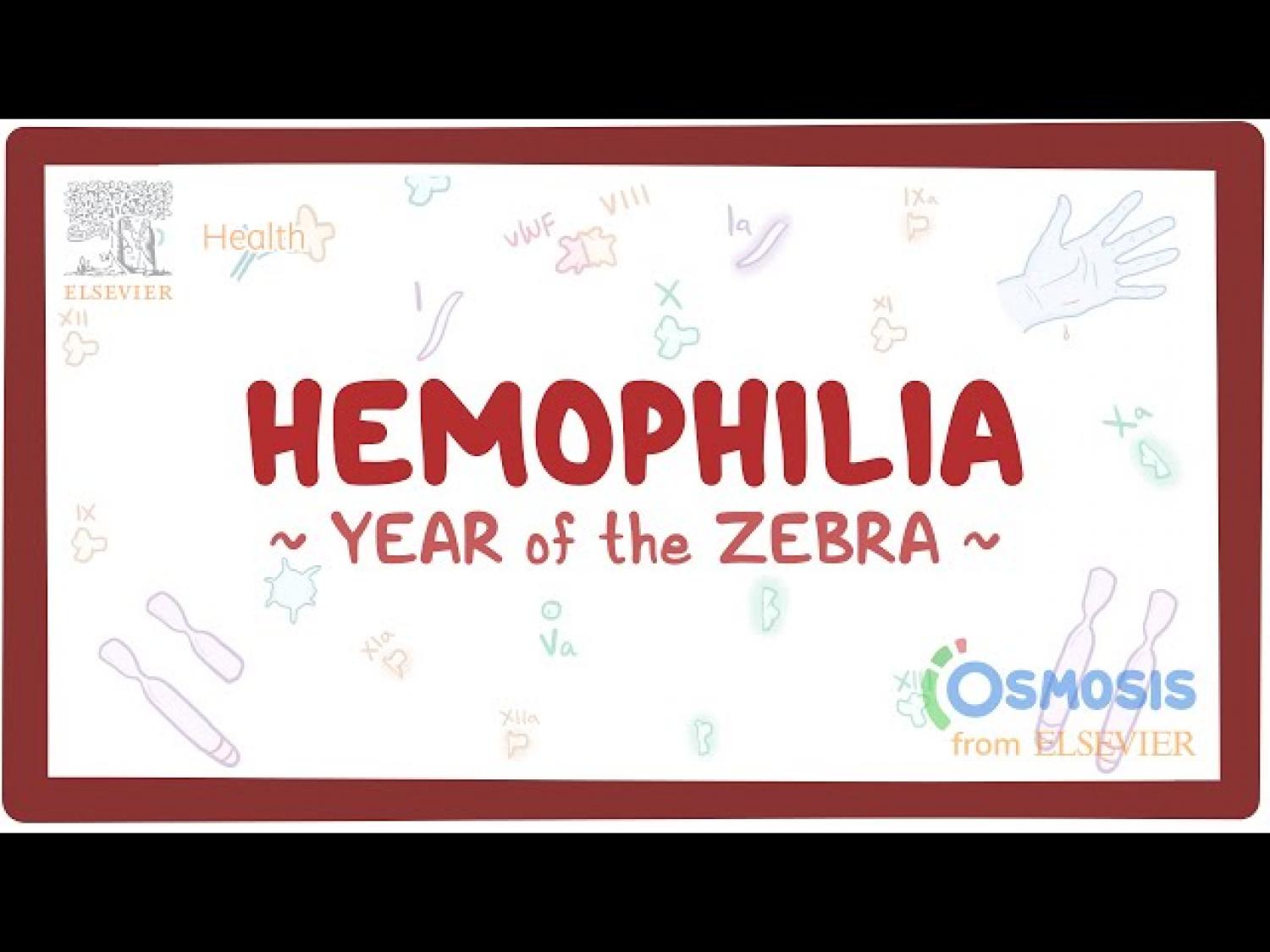
Rare Disease Education: Hemophilia
Editor: Kelsey LaFayette, DNP, RN, FNP-C
"When you hear hoofbeats, think of horses, not zebras,” is a common saying in medical education that means you should think of common conditions first, instead of rare ones, in making a diagnosis. “Rare” is a relative term though and about 7,000 rare, or "zebra," conditions affect more than 350 million individuals worldwide. Although these conditions collectively affect an enormous number of people, each of these conditions individually is rare enough that it can be difficult to secure the resources to study them and to develop treatments and cures. Likewise, awareness of rare conditions may be low and health care professionals may not be familiar with their signs and symptoms making it more difficult to reach a correct diagnosis and provide effective treatments.
To increase knowledge about rare conditions, Osmosis and the National Organization for Rare Diseases (NORD) have collaborated on an initiative to bring education and awareness to the public. We are excited to be a part of this initiative because we believe everyone deserves quality health care, no matter how rare their condition.
Zebra of the Week: Hemophilia
Dams are truly impressive feats of engineering able to control the flow of mighty bodies of water. Yet, what if a dam does not function correctly? As you can imagine, the consequences can be dire. Similarly, in hemophilia, the body is not able to adequately produce blood clots that plug damaged blood vessels.
The word hemophilia comes from the Greek words for “blood” and “love,” a way of saying that the body of an affected patient “loves to bleed.” This happens when one or more clotting factors are either malfunctioning or are not produced well enough. Symptoms range from mild bruising to prolonged bleeding, especially after dental procedures or injury. The most common form of hemophilia - hemophilia A - is transmitted genetically in an X-linked recessive manner, meaning that it mostly affects males since they only have one X chromosome. Statistically, it is believed that all racial and ethnic groups are equally affected by hemophilia.
Meet Luke
Luke was diagnosed with hemophilia shortly after birth when routine screening blood tests were abnormal. Interestingly, his great-grandfather was the last known relative in his family to have had hemophilia, so the family had thought of it as a distant disease, not one that could affect the newest generation. Today, Luke is a young man who did not let hemophilia stop him from living his life as any person would. Precluded from participating in many of the sports he wanted to do, Luke eventually found fencing where he could challenge himself and thrive. Watch his story in the video above.
More Information on Hemophilia
